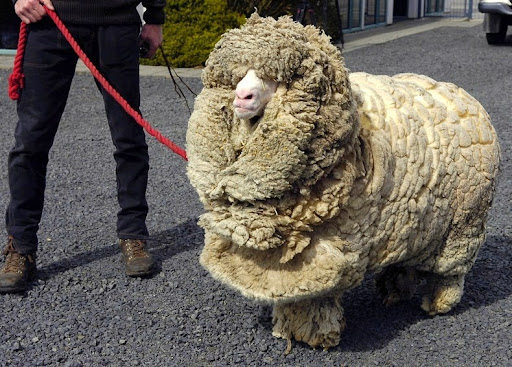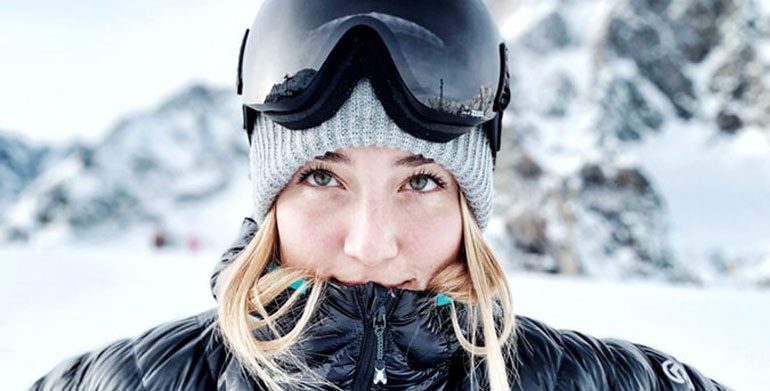Best Ideas On Picking Merino Wool Base Layers For Hiking
Wiki Article
What Is The Difference Between Merino Wool And Regular Wool?
Merino wool is a type of wool derived from Merino sheep that are renowned for their fine and soft wool. Merino wool is distinguished by distinct features. Softness- Merino wool feels softer than regular wool due to the Merino sheep's finer fibers. The wool's finer fibers are less itchy and easier to wear to the skin.
Merino Wool provides warmth thanks because it is able to hold air inside the fibers. It is a superb moisture-wicking material, which can keep you warm, even in rain.
Merino wool's durability is greater than regular wool, thanks to the Merino sheep's fibres. This means that it is more resistant to wear and tear, and less prone than regular wool to pill.
Merino wool's natural antibacterial properties render it indestructible to smells. This means you can wear it for long durations of time without it developing unpleasant smell.
Breathability- Merino Wool is extremely breathable. This means that moisture can escape and it will keep you cool and dry in warmer temperatures.
Merino wool is generally of better quality than regular wool. It is also more expensive due to its superior qualities.

What Are The Various Kinds And Applications Of Merino Base Layers In Garments?
Due to its natural ability to resist odor, its moisture-wicking properties, breathability and breathability, Merino Wool is a preferred choice for clothing base layers. These are some examples of Merino wool base layers. They are light and are suitable for cool to mild weather. They are typically made of a thin, flexible fabric that is simple to layer over other clothing.
The Midweight base layers - These are made from Midweight Merino and Merino wool base layers. They can be used in cooler climates. They are usually made from thicker and warmer fabrics which are more insulating and offer warmth and comfort in more cold weather conditions.
Heavyweight base layers- The heavyweight Merino base layers can be used in extreme cold temperatures. The base layers are constructed of a warm, thick fabric that offers insulation and protection against the elements.
3/4-length base layers 3/4 length Merino Wool base layers are made to offer warmth and the comfort of your lower body, without adding bulk. They are great for layering under shorts or trousers in colder temperatures.
Long-sleeved base layers Long-sleeve base layers Merino Wool base layers are constructed to offer warmth and comfort for the upper part of your body. They are made from lightweight, breathable material and are able to be worn underneath clothing for additional warmth.
Hooded Merino base layers- Hooded Merino base layers are made to provide warmth and protection. Hoods can be worn over a helmet or any other type of headwear and come with a fitted hood.
Zip-neck base layers: Zip-neck Merino wool base layers are designed to provide easy ventilation and temperature control. The base layers typically have the neckline of a zipper, which can be shut or opened depending on the weather conditions.
Merino wool base layers come in many designs and weights to meet a variety of preferences and requirements. It is important to consider the weather conditions and the amount of work you are planning to do when choosing the Merino base layer. Go best base layers for more tips.

What Combination Is Best For Ski Clothing Mid Layer?
It's dependent on the conditions and your personal preferences as to which combination of Merino wool or Himalayan Yak wool will work best for ski mid-layers. There are a variety of options available for Merino wool as a base layer and Himalayan Yak wool mid-layer. This combo is perfect for colder conditions when warmth is crucial. The Merino base layer and Himalayan wool mid-layer are excellent for moisture management and temperature regulation. This allows for more insulation as well as warmth.
Merino wool middle-layer as well as Himalayan Yok wool middle-layer- This combination is a great choice in variable conditions of weather, where you could require changing layers throughout the day. Merino wool can provide warmth and moisture management , while the Himalayan Yak wool mid-layer can provide insulation when needed.
Merino and Merino wool layers, Merino and Merino wool middle-layers, and Himalayan Yok wool midlayers are excellent choices for winter conditions. The Merino wool base layer provides temperature regulation and moisture control, while Merino wool's middle layer will provide warmth. The Himalayan Himalayanyak wool mid-layer will add insulation and warmth.
Layering is a matter of personal preference. Each person's body type and level of activity, as well as weather conditions will determine the right combination. It is important to select layers that feel comfortable and permit you to easily move about while skiing. Go find koraoutdoor.com for ski clothes for site tips.

Merino And Himalayan Himalayanyak Wool Ought To Be Preferred Over Other Fabrics For Ski Clothing.
Merino wool as well as Himalayan yak wool are excellent alternatives for ski gear for several reasons Warmth- Both Merino wool and Himalayan Yak wool are extremely effective insulators, which means they will keep you warm even in frigid weather. They are lightweight and comfortable but provide great insulation.
Moisture management- Merino wool and Himalayan Yak wool are both highly effective at managing moisture, meaning they'll keep you dry and comfortable during your ski trip. Both fabrics are naturally moisture-wicking. They pull moisture away from the skin and transfer the water to the fabric's outer layers where it can evaporate.
Breathability Merino wool (and Himalayan Yok wool) are both extremely and breathable. The fabric permits air to circulate and helps to regulate the body's temperature and prevent the build-up of heat. This is especially important for ski clothing as it helps you remain comfortably while skiing.
ComfortThe Comfort Merino Wool and Himalayan Yok Wool are natural soft and soft, which is why they are great for skin-to-skin contact. They are stretchy and flexible and can move with your body, allowing for full range of movement.
SustainabilitySustainable Merino and Himalayan wools can both be recycled. They are greener than synthetic materials like nylon or polyester.
Merino wool and Himalayan Yak wool offer a variety of benefits that make them ideal choices for ski clothes. They are warm and water-wicking, comfortable and breathable. They are the perfect choice for skiers who prefer to be relaxed and secure.